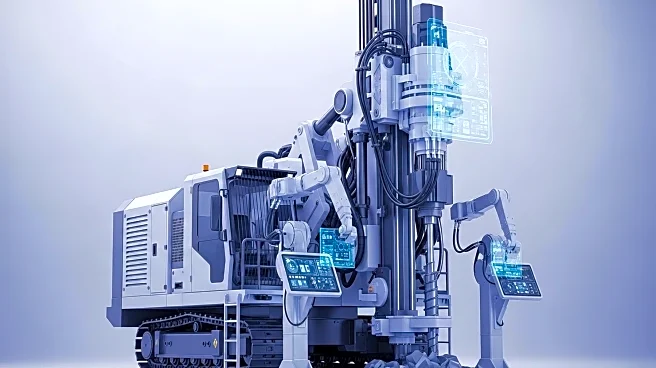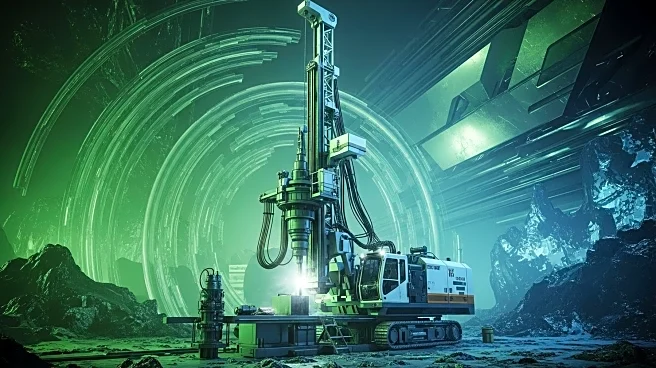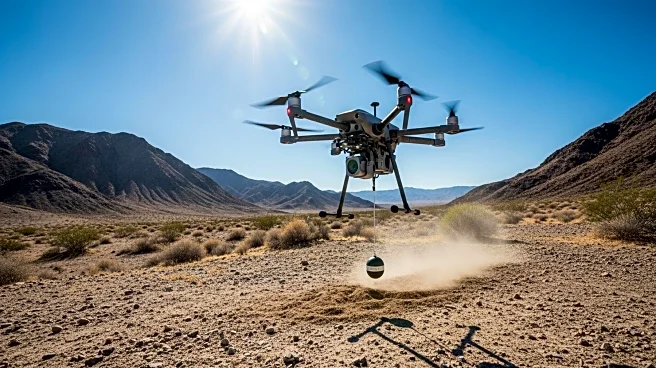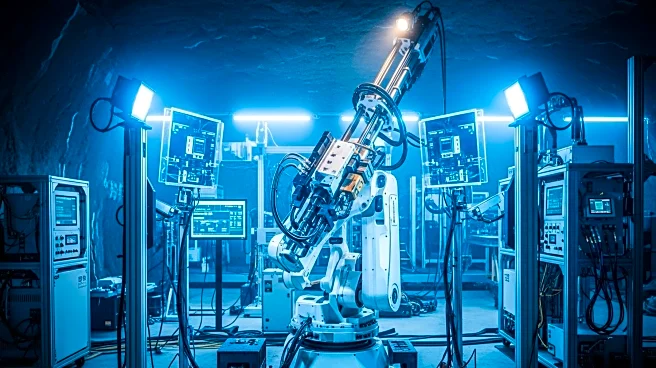Rapid Read • 8 min read
Scientists have introduced a new computational tool called MIST, which stands for Mineral Identification by Stoichiometry. This algorithm is designed to rapidly classify minerals using oxide compositional data, streamlining exploration and mining processes that traditionally relied on slow and expertise-heavy methods. MIST automates the conversion of large datasets generated by modern exploration technologies into precise mineral identifications, offering a standardized approach to handle these datasets. The tool analyzes oxide weight percentages from mineral samples, normalizes them, and compares the results against stoichiometric boundaries derived from established mineral formulas. It accounts for natural substitutions and recalculates mineral formulas for each dataset, filtering out poor-quality analyses before assigning mineral identities. Implemented in MATLAB, MIST can be integrated into existing geochemical workflows, enhancing the reliability of mineral databases and resource estimation.
AD
The introduction of MIST is significant for the mining industry as it promises faster interpretation of geochemical data, which is crucial during early exploration phases when quick decisions are necessary. By providing clearer mineralogical context, MIST can improve the accuracy of resource estimates and guide more efficient processing strategies. The tool also strengthens quality control by flagging anomalies that may indicate contamination or alteration, common issues in ore samples. As the mining industry moves towards data-driven decision-making, MIST supports this shift by making mineral identification faster, scalable, and more consistent, potentially leading to more efficient and sustainable practices.
Looking ahead, MIST is expected to complement traditional mineral identification methods rather than replace them. It provides a rapid first-pass classification that can direct more detailed analysis. As exploration expands and mineral criteria evolve, the framework can be extended to new species and refined stoichiometric rules, keeping pace with the industry's needs. The researchers emphasize that while MIST has limitations, such as narrow criteria in certain mineral groups, it could significantly advance large-scale mineral identification and processing strategies in mining operations.
The development of MIST highlights the growing importance of computational tools in transforming traditional industries like mining. By automating complex processes, such tools can lead to more sustainable practices and efficient resource management. The integration of MIST into geochemical workflows represents a broader trend towards leveraging technology to enhance operational efficiency and environmental responsibility in resource extraction.
AD
More Stories You Might Enjoy











